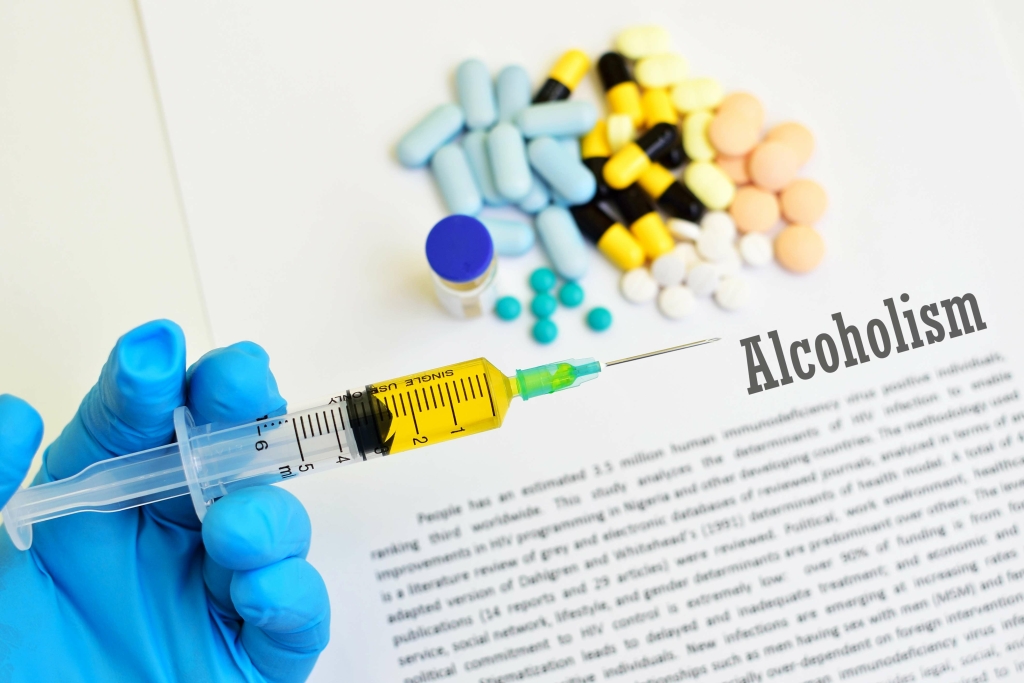The Biopsychosocial Model 25 Years Later: Principles, Practice, and Scientific Inquiry PMC
Instead of merely providing public education, health professionals should engage directly in the “dismantling of violent structures of power” and in fostering “liberation” (Kohlbeck and Nelson 2020, 4–5). This effort would entail helping to redistribute resources in society to eradicate the perceived root causes of violence and steering public discourse on violence to align with the authors’ own views (Kohlbeck and Nelson 2020, 4–5). Thus, Kohlbeck and Nelson would have http://www.bhmed-emanual.org/chapter_1_the_sandwich_design_of_teaching_and_learning/5_one_example_of_a_sandwich_architecture_lect health professionals working to restructure society and manipulate the parameters of public debate as forms of disease control and prevention. The claim that schizophrenia is a medical disease faces a hurdle, which Engel acknowledges. The way Engel arrives at his answer to this question is revealing, for it exemplifies the core concept-shifting maneuver at work in his article. Second, the BPSM itself does not provide intellectual tools for establishing causality.
- Immediate findings are typically of correlations or associations, and control conditions of varying levels of stringency increase confidence in inference to causation.
- This provides a platform for understanding how those influences become embedded in the biology of the brain, which provides a biological roadmap for prevention and intervention.
- Close relationships with their families, partners, and friends were both demanding and helpful and elicited strong emotions.
- The biopsychosocial model is a framework that considers all aspects of the human condition, including biological, psychological, and social factors, in order to understand and address presenting symptoms within the broader context of a person’s life.
- Developing innovative treatments is essential to address unmet treatment needs, in particular in stimulant and cannabis addiction, where no approved medications are currently available.
- The biopsychosocial model provides a means of considering the myriad of factors that can contribute to the risk of addiction.
Wayward BPSM discourse

Likewise, dysfunctional cognitions and behavioral response can be a function of neuroendocrine influences (Wright & Thase, 1992). The Biopsychosocial Model refers to a multifaceted approach to understanding and treating diseases, http://www.rock-n-roll.ru/details.php?mode=show&id=1078 which takes into account the biological, psychological, and social factors that contribute to their development. It emphasizes the importance of considering the influence of social and behavioral factors on biological disease.

Addiction as a brain disease revised: why it still matters, and the need for consilience
Brain systems that moderate feeling, memory, cognition, and engage the individual with the world influence the decision to consume or not consume a drug, or participate in a specific behaviour or series of actions. Accordingly, this cybernetic brain-environment interaction may trigger strong somatic signals such as desire, urge and anticipation (Verdejo-Garcia and Bechara 2009). In effect, this process may limit autonomy as it allows for “preference reversals” https://www.lamuworld.com/Stretches/lower-back-stretching-exercises (Levy 2007a) to occur in situations where an individual would rather not use. In 1977, George Engel famously argued that medicine in general and psychiatry in particular ought to shift from a biomedical perspective of disease to a biopsychosocial (BPS) perspective on health. He argued that the biomedical perspective was too reductionistic and that a holistic perspective grounded in general systems theory was necessary to address health-related issues.
Understanding the Biopsychosocial Model of Health and Wellness

Moreover, no indication is provided in the model of which factors may be most salient with the regard to the quality and experience an athlete has in returning to sport following injury, or why such factors are significant. Finally, the biopsychosocial model was not specifically designed to examine the transition from rehabilitation to training and competition. Andersen (2001) has utilized the model to advance suggestions and make considerations when helping athletes back into participation.
- 18Barron, Hargarten, and Webb (2021) tacitly acknowledge this when they note that “gun violence disease” would not fit well into existing medical school curricula, and recommend working discussion of the “disease” into classes on medical ethics.
- What does it mean to have an arguably non-existent model guiding whole areas of medical research and practice?
- Nor did he endorse a holistic-energetic view, many of whose adherents espouse a biopsychosocial philosophy; these views hold that all physical phenomena are ephemeral and controllable by the manipulation of healing energies.
For example, “compulsive” substance use is not necessarily accompanied by a conscious desire to withhold the behavior, nor is addictive behavior consistently impervious to change. For the foreseeable future, the main objective of imaging in addiction research is not to diagnose addiction, but rather to improve our understanding of mechanisms that underlie it. The hope is that mechanistic insights will help bring forward new treatments, by identifying candidate targets for them, by pointing to treatment-responsive biomarkers, or both [52]. Developing innovative treatments is essential to address unmet treatment needs, in particular in stimulant and cannabis addiction, where no approved medications are currently available. Although the task to develop novel treatments is challenging, promising candidates await evaluation [53]. A particular opportunity for imaging-based research is related to the complex and heterogeneous nature of addictive disorders.

The primary and abiding goal is to restore physical health, or at least medical stability, to the person with the injury or illness. This model is now widely used in the care and rehabilitation of individuals with SCI, to ensure a comprehensive plan in assessment, treatment, and rehabilitation (Mathew et al., 2001). While the biopsychosocial model provides the theoretical underpinnings for expanding the focus of SCI care to include attention to psychosocial dimensions, there are additional models that are useful in understanding psychosocial adaption to SCI.

Approach to the Child With a Functional Gastrointestinal Disorder
A systems approach addresses the complexity of addiction and approaches free choice and moral responsibility within the biological, lived experience and socio-historical context of the individual. We conclude with a discussion of the model and its implications for drug policy, research, addiction health care systems and delivery, and treatment of substance use problems. A premise of our argument is that any useful conceptualization of addiction requires an understanding both of the brains involved, and of environmental factors that interact with those brains [9]. These environmental factors critically include availability of drugs, but also of healthy alternative rewards and opportunities.

